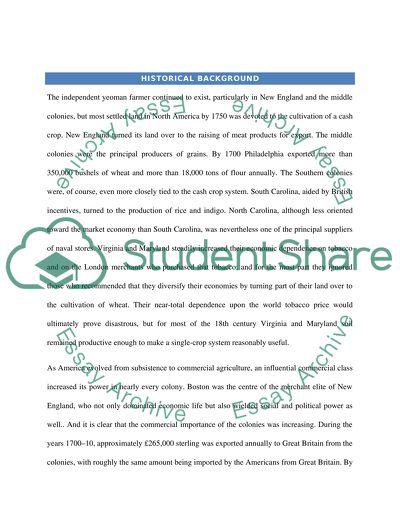Cite this document
(History of American Economics Report Example | Topics and Well Written Essays - 1500 words, n.d.)
History of American Economics Report Example | Topics and Well Written Essays - 1500 words. https://studentshare.org/macro-microeconomics/1519881-history-of-american-economics
History of American Economics Report Example | Topics and Well Written Essays - 1500 words. https://studentshare.org/macro-microeconomics/1519881-history-of-american-economics
(History of American Economics Report Example | Topics and Well Written Essays - 1500 Words)
History of American Economics Report Example | Topics and Well Written Essays - 1500 Words. https://studentshare.org/macro-microeconomics/1519881-history-of-american-economics.
History of American Economics Report Example | Topics and Well Written Essays - 1500 Words. https://studentshare.org/macro-microeconomics/1519881-history-of-american-economics.
“History of American Economics Report Example | Topics and Well Written Essays - 1500 Words”. https://studentshare.org/macro-microeconomics/1519881-history-of-american-economics.


